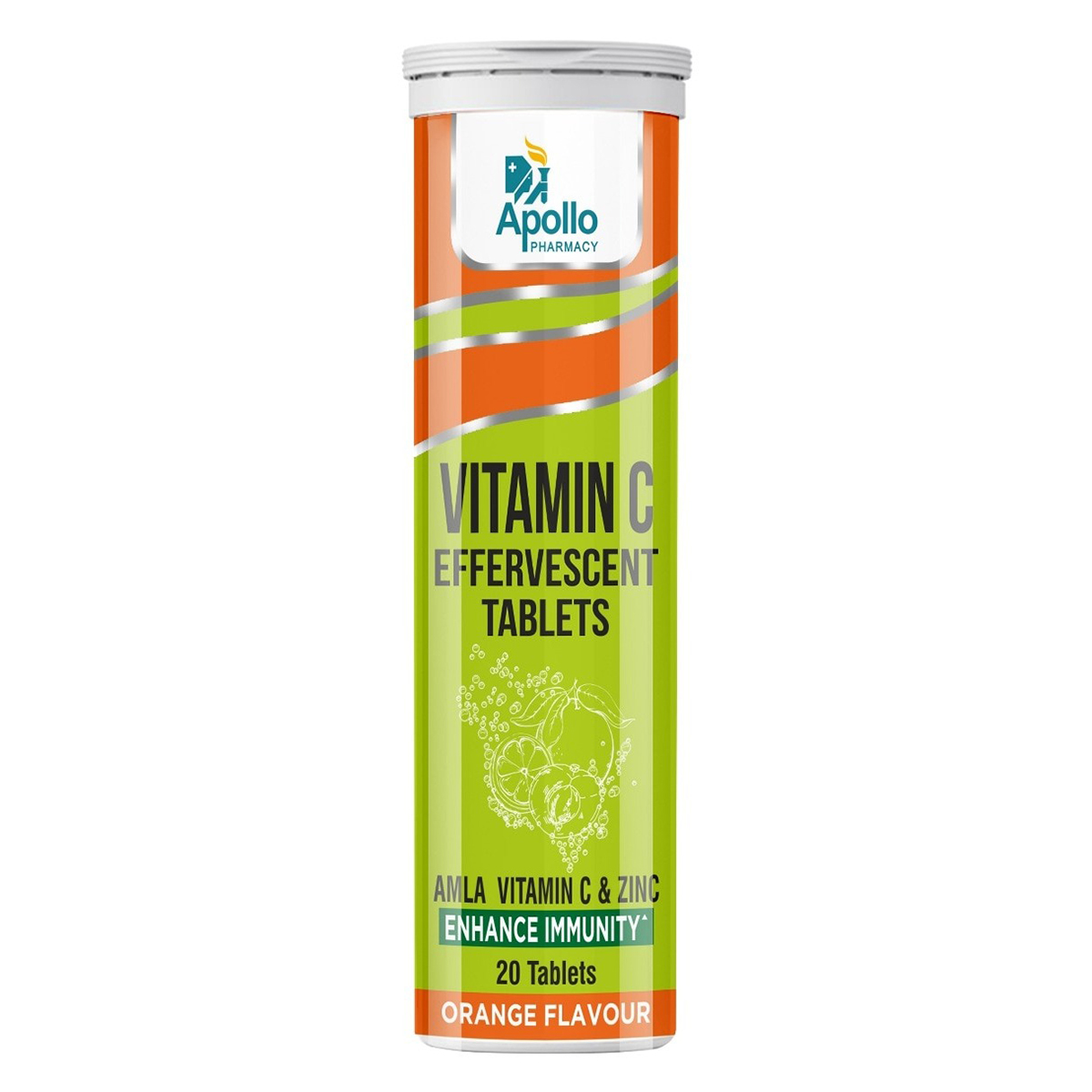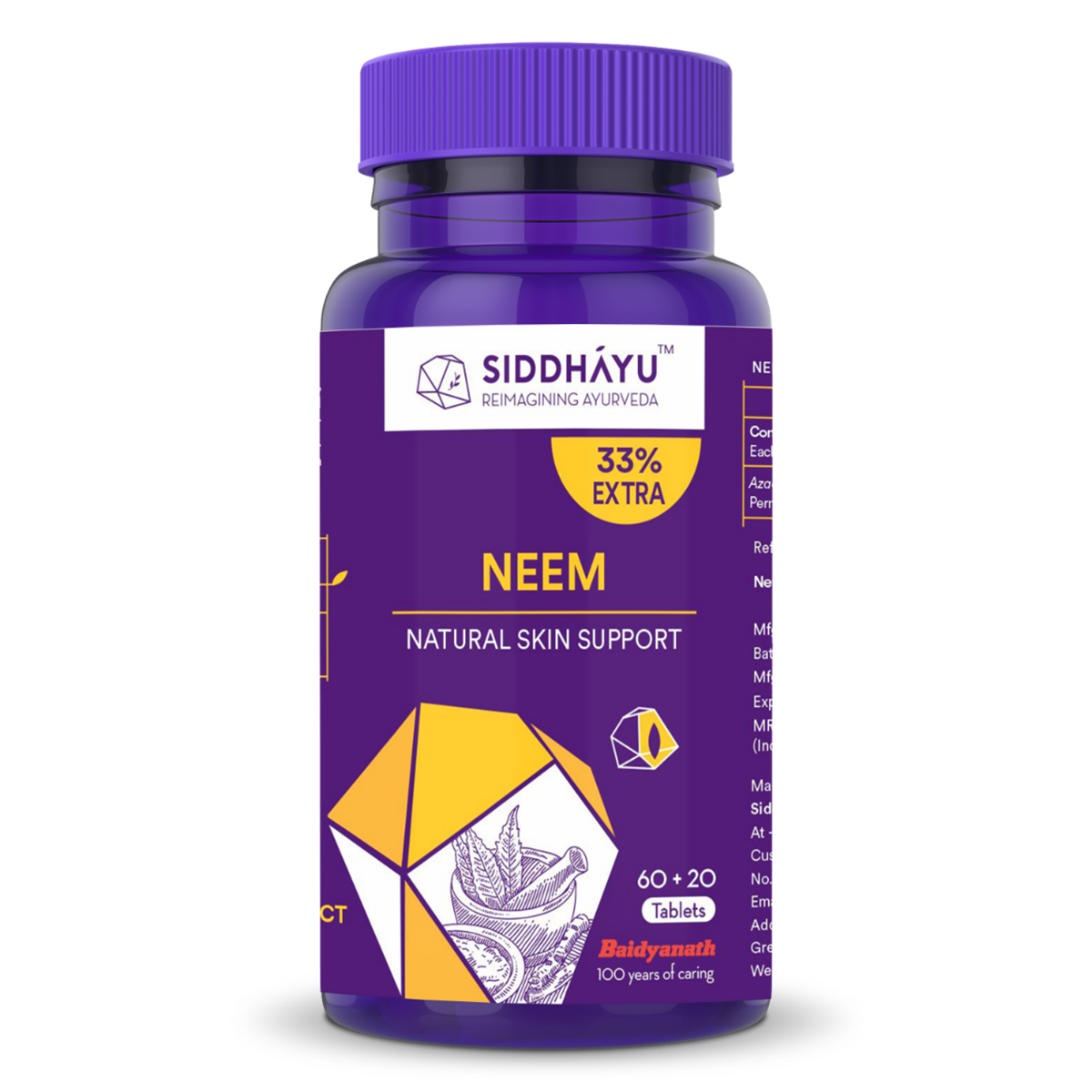P-Cool Cream
MRP ₹139.5
(Inclusive of all Taxes)
₹20.9 Cashback (15%)
Therapeutic Class
Author Details
We provide you with authentic, trustworthy and relevant information
Drug-Drug Interactions
Drug-Drug Interactions
Login/Sign Up
Drug-Food Interactions
Drug-Food Interactions
Login/Sign Up
Drug-Diseases Interactions
Drug-Diseases Interactions
Login/Sign Up
Drug Warnings
Do not use P-Cool Cream if you are allergic to any of its components. Inform your doctor if you have high blood pressure, diabetes, thyroid problems, porphyria, fits, heart, kidney, or liver problems. Consult your doctor if you are pregnant or breastfeeding. Let your doctor know if you are using prescription/nonprescription drugs or herbal products before starting P-Cool Cream.
Side Effects of P-Cool Cream
- Burning sensation
- Irritation
- Itching
- Redness
Directions for Use
Medicinal Benefits Mweb
Key Benefits
P-Cool Cream is a combination of three drugs, namely: Calamine, phenylephrine, and lidocaine. P-Cool Cream is used to treat pain and bleeding associated with anal fissures, external or internal haemorrhoids (piles), post-haemorrhoidectomy pain (pain after operation done to remove piles), and minor degrees of proctitis (inflammation of the rectum). Calamine has antiseptic and anti-pruritic properties. Phenylephrine is a sympathomimetic agent which decreases swelling by shrinking the blood vessels in the affected area. Lidocaine is a local anaesthetic that blocks the pain signals from the nerves to the brain, thereby decreasing the pain sensation.
Uses of P-Cool Cream
About P-Cool Cream
P-Cool Cream is a combination medicine used to treat pain and bleeding associated with anal fissures and haemorrhoids (piles). An anal fissure is a small tear in the mucosa that lines the anus. Haemorrhoids, also known as piles, are the inflamed and swollen veins in the rectum and anus that cause pain, discomfort, and bleeding.
P-Cool Cream is a combination of three drugs, namely: Calamine (anti-pruritic), phenylephrine (sympathomimetic agent), and lidocaine (local anaesthetic). Calamine has antiseptic and anti-pruritic properties. Phenylephrine decreases swelling by shrinking the blood vessels in the affected area. Lidocaine blocks the pain signals from the nerves to the brain, thereby decreases the sensation of pain.
In some cases, you may experience certain common side-effects such as burning sensation, irritation, itching and redness at the application site. Most of these side effects do not require medical attention and will resolve gradually over time. However, you are advised to talk to your doctor if you experience these side effects persistently.
Let your doctor know if you are using prescription/nonprescription drugs and herbal products before starting P-Cool Cream. If you are known to be allergic to any of the components in P-Cool Cream, please inform your doctor. Consult your doctor before using P-Cool Cream if you are pregnant or breastfeeding. P-Cool Cream should not be used in children unless prescribed by a doctor.
Online payment accepted
know your delivery time
Provide Delivery Location
Author Details
We provide you with authentic, trustworthy and relevant information
Therapeutic Class
- Tell your doctor if you notice any unusual symptoms after taking the medication, such as flat purple, or red spots on your skin.
- Your doctor may change your medication, lower the dose, or stop the treatment to help manage the symptoms.
- Avoid heavy physical activity and get plenty of rest to prevent further worsening of the symptoms.
- Apply cold packs to the affected areas for relief.
- Drink plenty of fluids to stay hydrated, and eat fruits and vegetables or take supplements to get enough vitamins.
- Over-the-counter pain relievers can help with discomfort.
- Regularly wash your hands with alcohol-based sanitizer or soap and water.
- Also, avoid sharing personal items like glasses or utensils with other individuals.
- Consult your doctor if you experience skin redness, itching, or irritation after taking medication.
- Your doctor may adjust your treatment plan by changing your medication or providing guidance on managing your erythema symptoms.
- Your doctor may recommend or prescribe certain medications to help alleviate symptoms.
- Apply cool compresses or calamine lotion to the affected skin area to reduce redness and itching.
- Stay hydrated by drinking plenty of water to help alleviate symptoms and keep your skin hydrated.
- Monitor your skin condition closely and promptly report any changes, worsening symptoms, or concerns to your healthcare provider.
- Skin rash caused by allergies is due to irritants or allergens. Therefore, avoid contact with such irritants.
- Consult your doctor for proper medication and apply an anti-itch medication. Follow the schedule and use the medication whenever needed.
- Protect your skin from extreme heat and try to apply wet compresses.
- Soak in the cool bath, which gives a soothing impact to the affected area.
- Report the itching to your doctor immediately; they may need to change your medication or dosage.
- Use a cool, damp cloth on the itchy area to help soothe and calm the skin, reducing itching and inflammation.
- Keep your skin hydrated and healthy with gentle, fragrance-free moisturizers.
- Try not to scratch, as this can worsen the itching and irritate your skin.
- If your doctor prescribes, you can take oral medications or apply topical creams or ointments to help relieve itching.
- Track your itching symptoms and follow your doctor's guidance to adjust your treatment plan if needed. If the itching persists, consult your doctor for further advice.
Verified Buyers Reviews
Side Effects
- Small Red Or Purple Spots On Skin
- Redness Of The Skin
- Rash
- Itching
If any of the above side effects continue or intensify, seek medical advice. Professional guidance may be necessary for appropriate care and treatment adjustments.




_0.jpg?tr=q-85)







